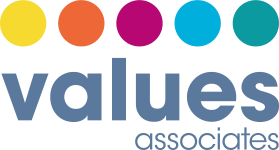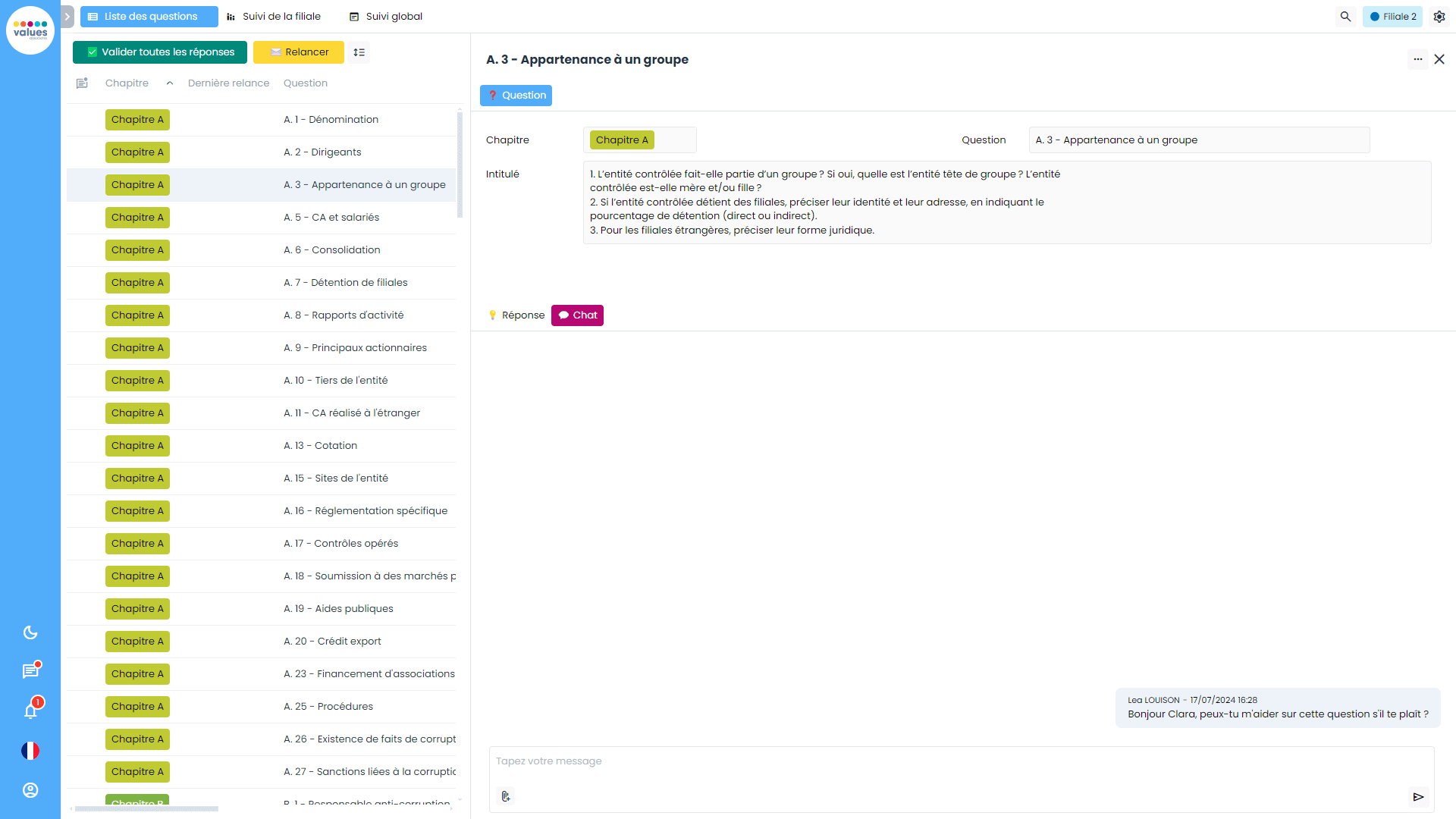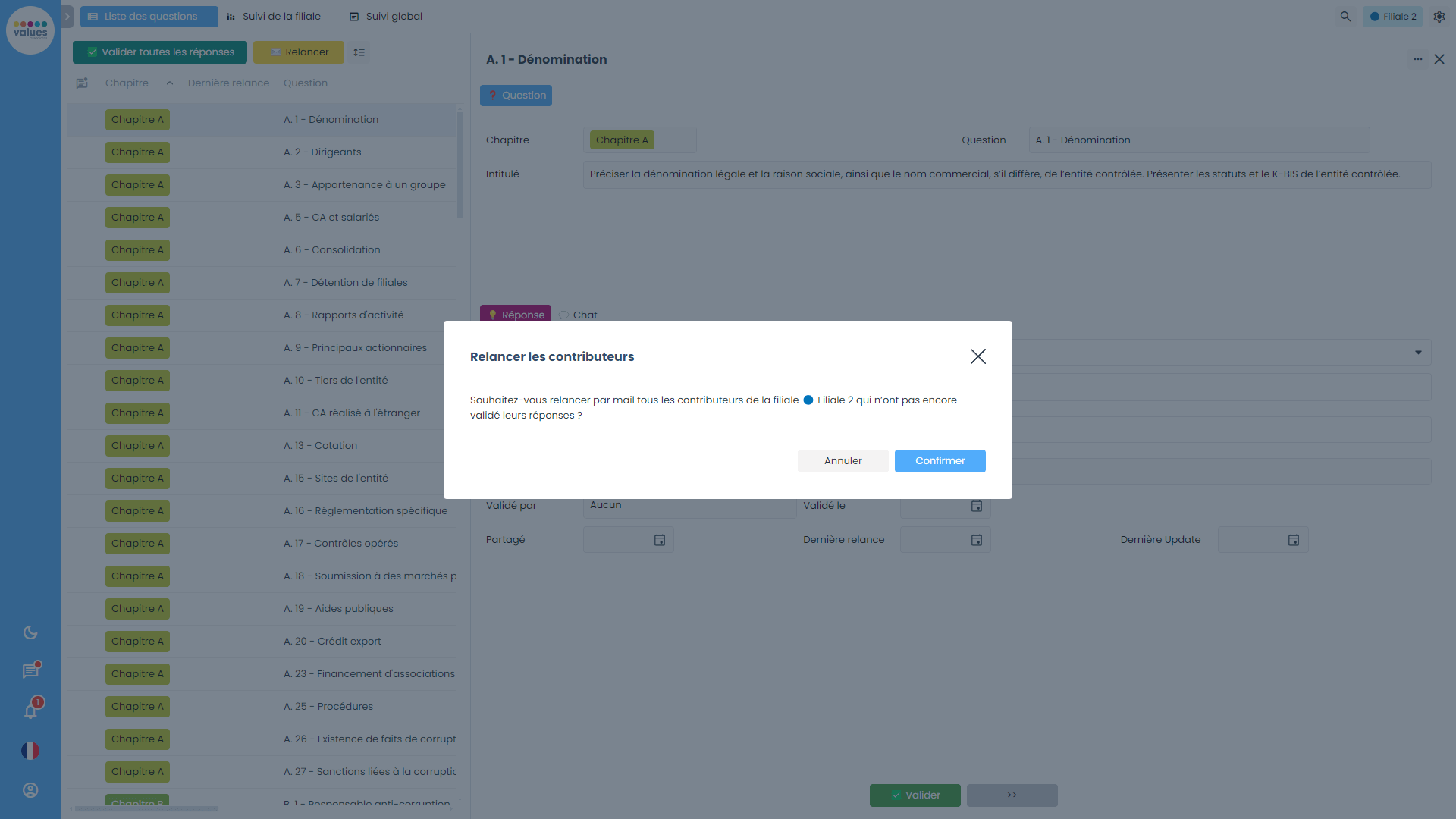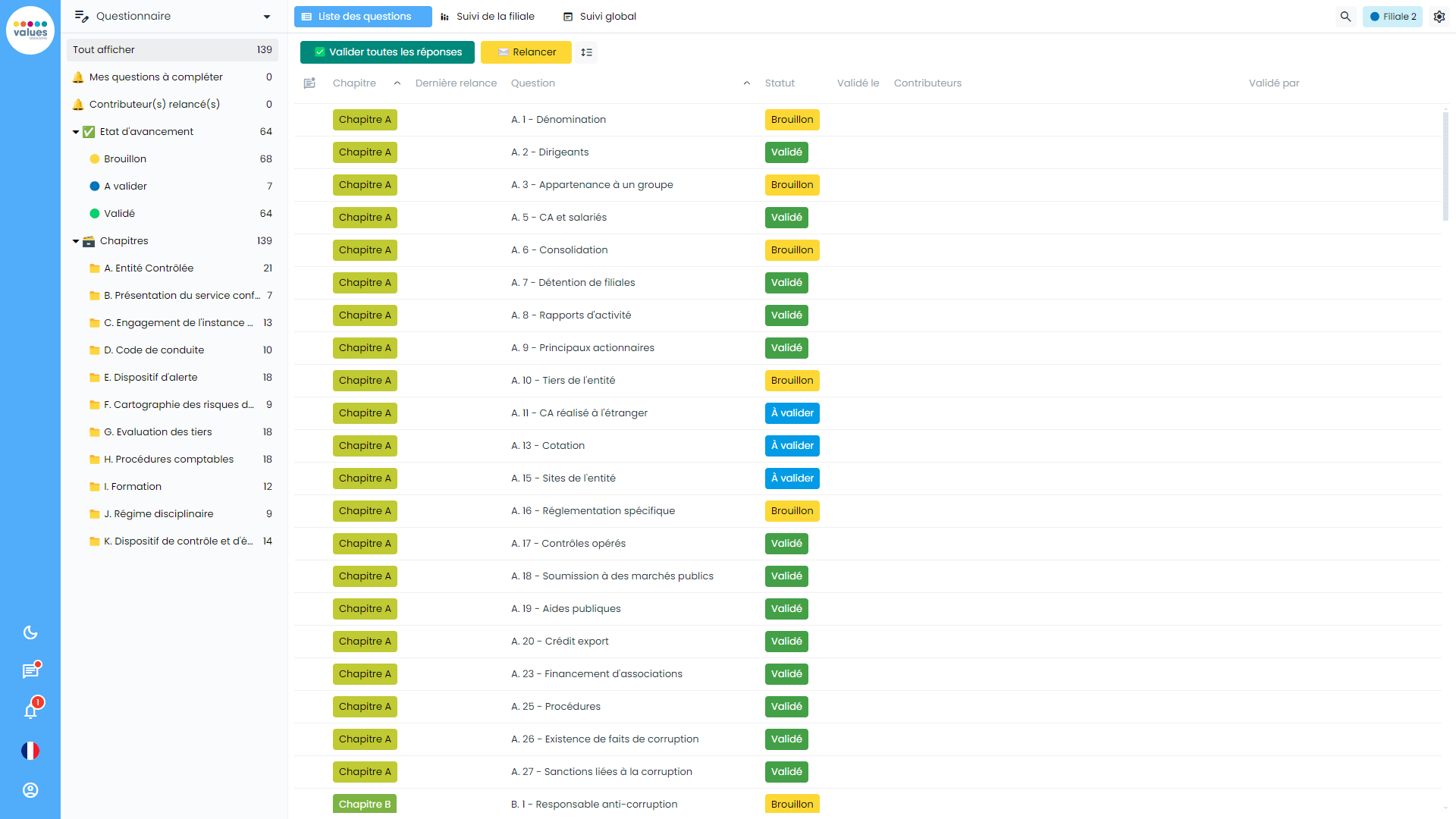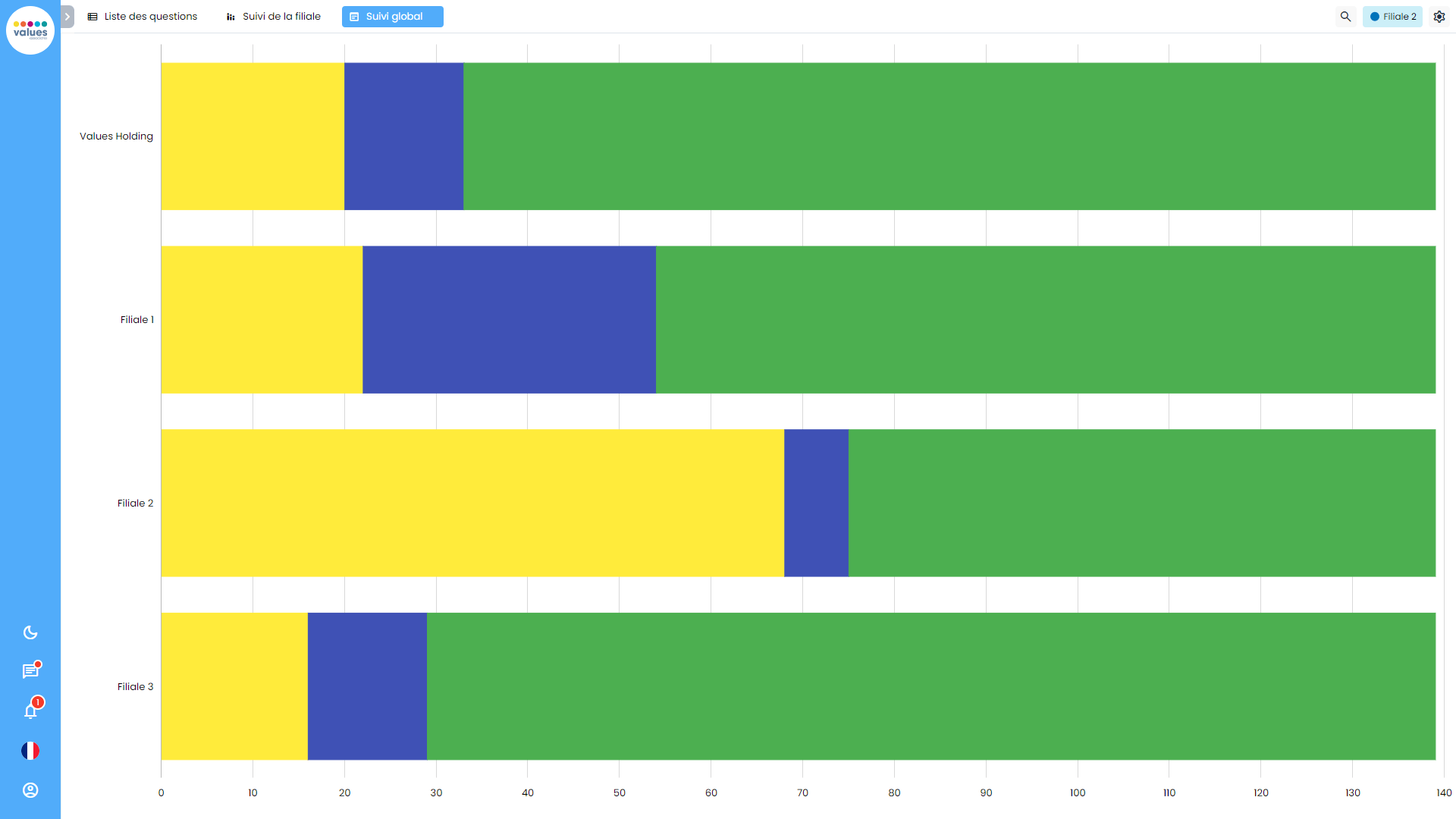Sapin 2 software
Afa questionnaire module
AFA questionnaire software that centralizes, automates and customizes your evaluations, while ensuring real-time monitoring for optimum compliance.
The advantages of our AFA questionnaire module
Complete the AFA questionnaire before sending it to headquarters
Central contributors pre-fill in the questionnaire. At this stage, the answers are filled in for questions requiring a common response from all structures.
It is also possible to indicate for which entity(ies) an answer is valid, and thus begin to decline the questionnaire for the different subsidiaries.
Transmit to contributors in the various entities
These contributors from different departments complete the questionnaire to take account of the specific features of their entity, and add questions that have not been dealt with at central level.
Some of these anti-corruption issues may require the involvement of more specialized staff (HR, accounting, purchasing, etc.). In this context, a function allows you to call upon the ad-hoc collaborators of the different departments. They access the platform to intervene only on the perimeter for which they are solicited. Thanks to our intuitive, easy-to-use software, they won’t need any training to integrate their data.
The head office team takes over once an entity has validated the elements to be added.
Manage your system
Ensure regular communication with all stakeholders by means of indicators and reporting covering the various stages of your system, enabling you to evaluate and manage the supply of questionnaires throughout your organization.
Centralized, up-to-date documentation
Centralize your activity from answer logs, audit trail of changes made for a question… All responses to the AFA inspection questionnaire, together with all associated attachments, are consolidated in a structured PDF file. This file may be communicated as is to the French Anti-Corruption Agency (AFA).
They’re talking about us…
“The teams showed a particular ability to listen and great flexibility. Our exchanges were greatly enhanced by an environment of mutual trust.”
Risk Management Manager
Interested in our software
questionnaire AFA?
Contact us!
Error: Contact form not found.
VALUES ASSOCIATES undertakes to keep the processed PIIs only for the time necessary for processing, plus the legal limitation periods during which the information will be archived for any accounting, tax or legal claim. Please read our privacy policy for more information on the data processing we carry out and the rights you have regarding your personal data.
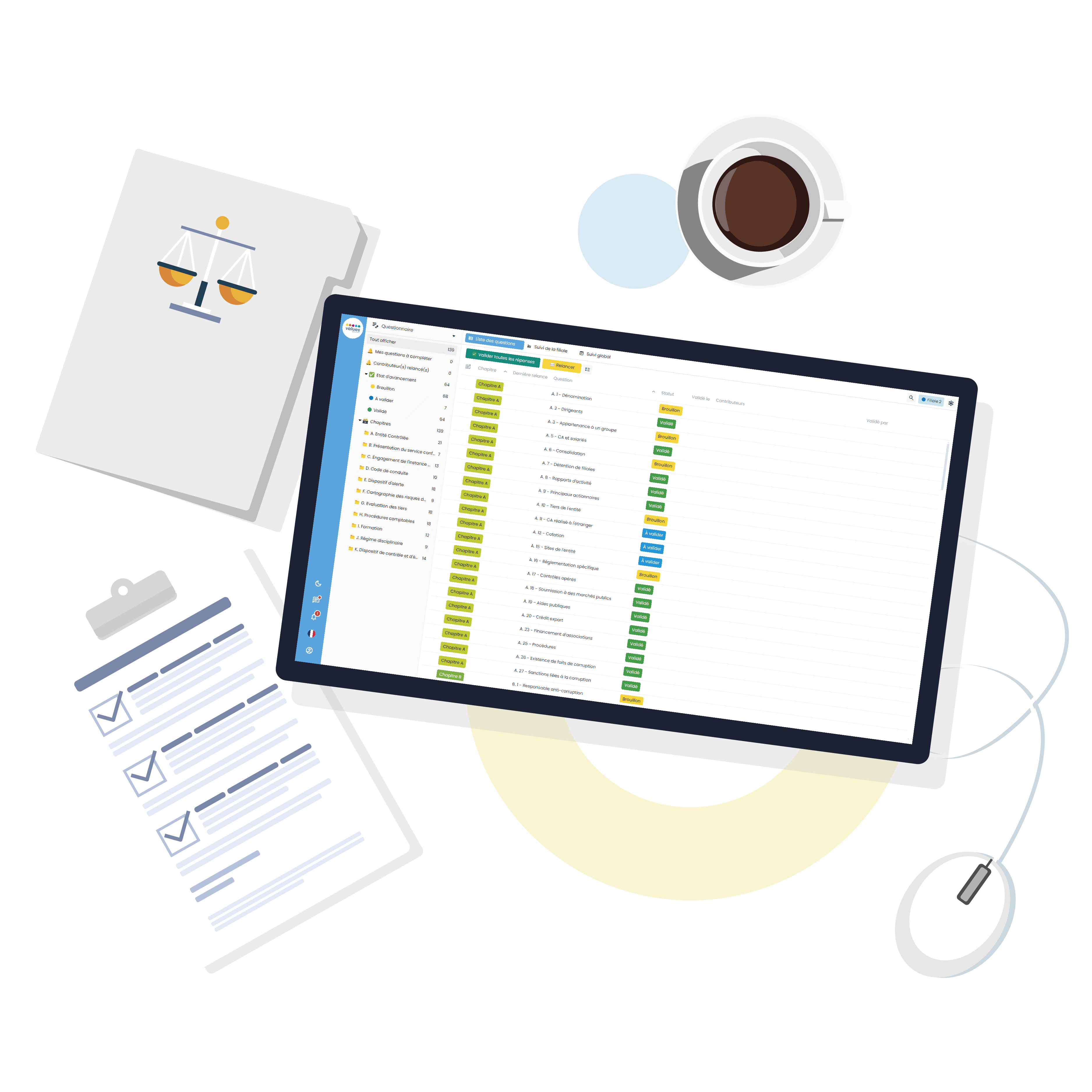
What does the Sapin 2 law say about the AFA questionnaire?
Before carrying out its inspections, the AFA sends the future inspected entity all or part of a questionnaire, which is made public. If there is only ane audited company, administration of the questionnaire is relatively simple. On the other hand, this tool simplifies and accelerates the task and the compliance program of audited companies for more complex organizations, in particular those with several entities, subsidiaries, business units or activities, which require differentiated responses (governance, accounting controls, workforce, etc.).
The Sapin 2 Act imposes obligations on certain companies to prevent corruption, and the AFA plays a central role in implementing these obligations. The AFA questionnaire is a tool developed by the agency to assess the anti-corruption measures of companies subject to the law.
Why choose our AFA Questionnaire software?
Intuitive and customizable, our AFA questionnaire software helps you optimize your compliance with the requirements of the French Anti-Corruption Agency (AFA).
100% secure, it offers a high-performance solution for a rigorous and effective corruption prevention and detection policy, while respecting the confidentiality of your employees’ data.
Efficiently manage your compliance processes with our dedicated module. Centralize, automate, analyze and alert your data for total compliance and optimized governance, while promoting greater transparency and efficiency within your organization.
Deployed on its own or in conjunction with the other modules offered by our software suite, the AFA questionnaire software helps to strengthen governance and protect your organization from the risks of non-compliance.
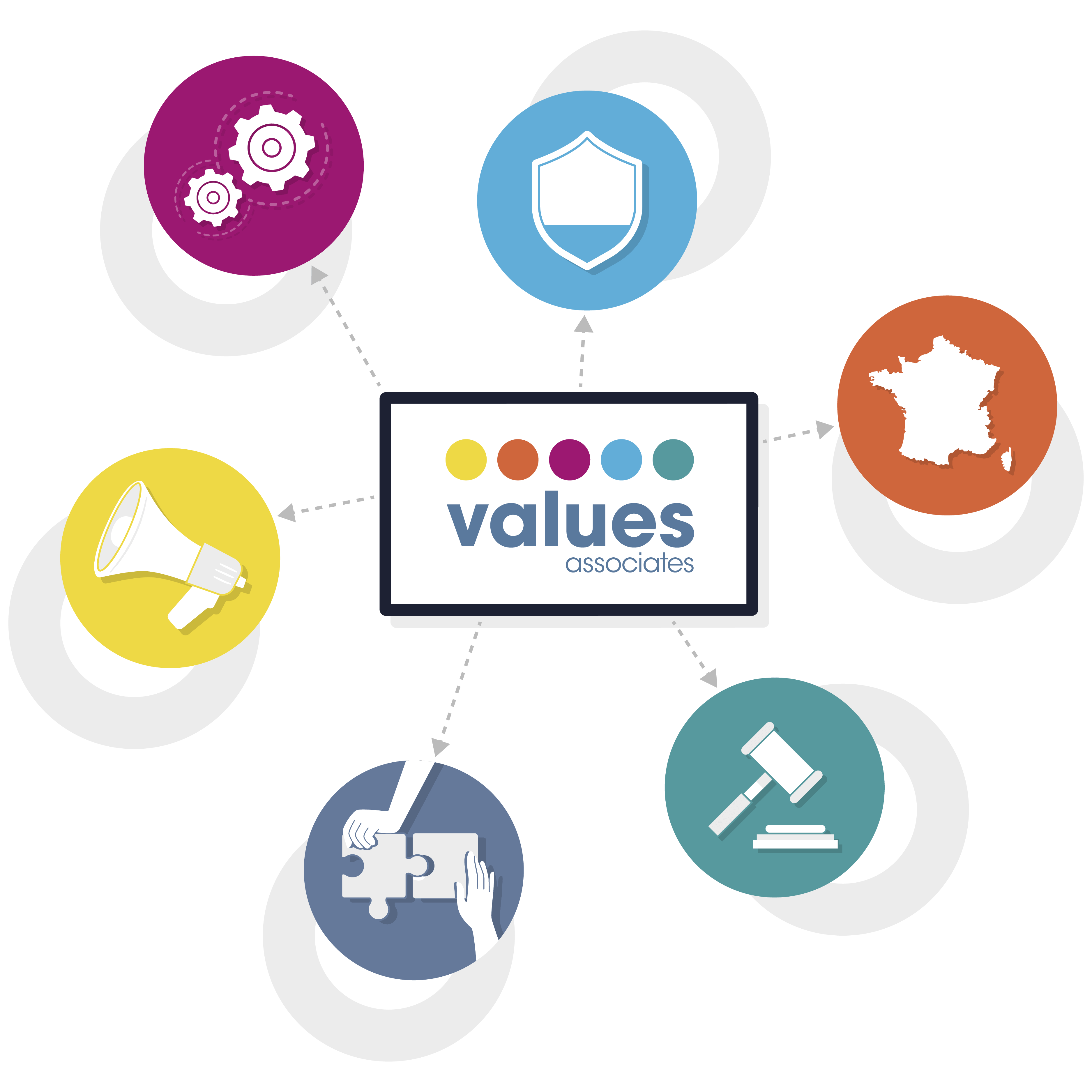
FREQUENTLY ASKED QUESTIONS ABOUT THE AFA CONTROL QUESTIONNAIRE
How does an audit by the French Anti-Corruption Agency work?
The company subject to an AFA inspection is informed by mail of the launch of the inspection and of the AFA agents in charge of it. The controls take place in two successive phases: a documentary control during which the company submits the documentation requested by the AFA, followed by an on-site control which consists of a series of interviews on the premises or remotely. At the end of the inspection, a report is drawn up containing the AFA’s observations, which may lead to a finding of non-compliance if the requirements relating to the existence, relevance and effectiveness of the system are not met. After receiving this report, the company has two months to provide comments. On this basis, the AFA draws up its final report. Depending on the shortcomings noted in this report, the AFA Director chooses to issue a warning or to refer the matter to the Sanction Commission.
Do the AFA's controls cover the 8 pillars of the Sapin 2 law?
The AFA distinguishes several types of controls. The “global” controls cover the eight measures and procedures of the Sapin II law, while the “thematic” controls cover a selection of measures such as the mapping of corruption risks, procedures for evaluating third parties, and, systematically, the involvement of the management body and the organization of the compliance function.
How many AFA questionnaires must be filled out in case of notification of an AFA inspection?
The compliance obligation applies to all subsidiaries of a group, whether they are located in France or abroad. AFA’s requests may therefore concern all of these subsidiaries. The answers should therefore be broken down by subsidiary.
In practice, it is not uncommon for AFA audits to target only a defined perimeter of subsidiaries, thus limiting the scope of documents to be provided. It is therefore important to determine, in conjunction with the agents in charge of the control, the perimeter covered by the control.
How to organize the response to the AFA questionnaire?
The AFA questionnaire includes nearly 180 questions of varying importance and density. The deadline for providing documents is relatively short, between 15 and 30 days. Companies often find it difficult to obtain the necessary documentation from their subsidiaries within such a tight timeframe.
It is therefore important for a company to prepare for the possibility of an audit by preparing the expected answers and centralizing the documents. This is all the more important when the issues are cross-cutting and concern different departments, branches or subsidiaries of a company.
How long does an AFA audit last?
The duration of AFA audits varies according to several factors, in particular the type of audit, whether global or thematic, the complexity of the company’s activities and the number of subsidiaries covered by the audit. The controls are sometimes spread out over a year.
After receiving the notice of inspection, the company has 15 days to provide the documents requested by the AFA. A first phase of control “on documents” then a second phase of control “on the spot” is opened. At the end of these two phases, AFA establishes a provisional report. The company then has two months to submit its comments. A final report is then sent to the company after which a warning may be issued by the AFA Director. The latter may also decide to refer the matter to the Sanction Commission when multiple breaches are found.
It should be noted that an AFA inspection may give rise to a “follow-up” inspection one or more years later to verify the implementation of the recommendations contained in the final report.
What is AFA Questionnaire software?
An AFA (Agence Française Anticorruption) questionnaire software is a digital tool designed to help companies and organizations assess and demonstrate their compliance with the anti-corruption requirements of the Sapin 2 law. The Sapin 2 law, adopted in December 2016, requires French companies to set up a corruption prevention system, including internal control procedures and audits.
